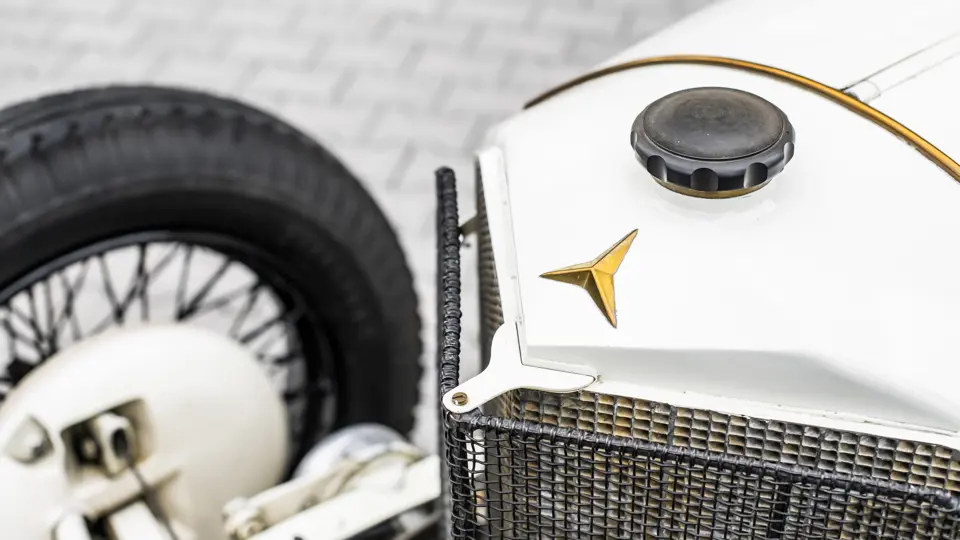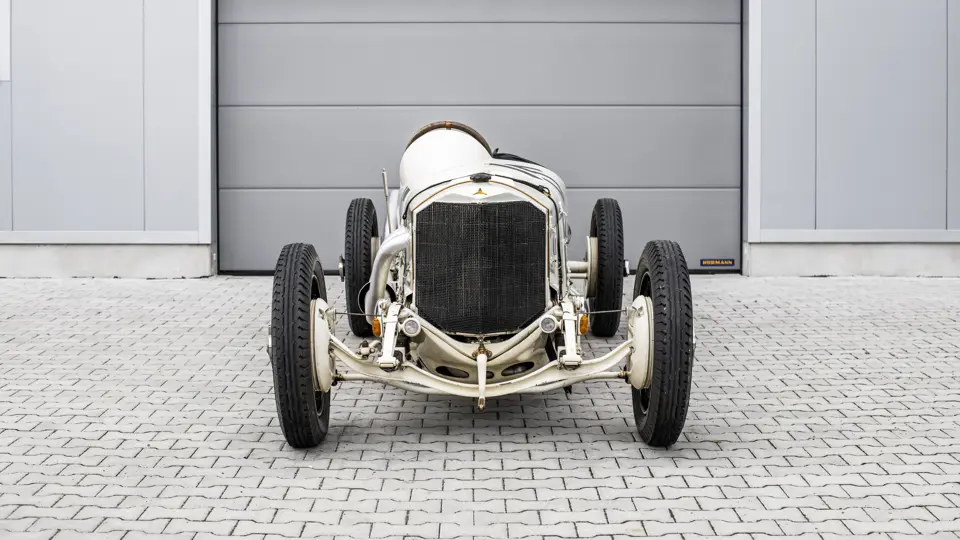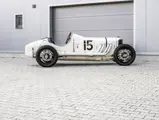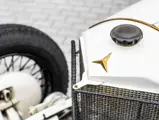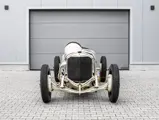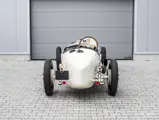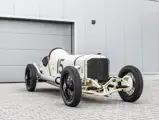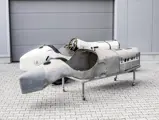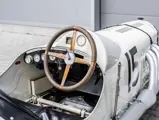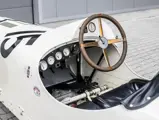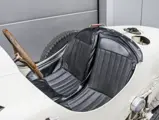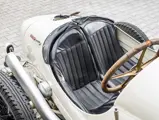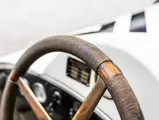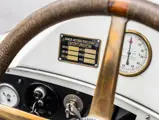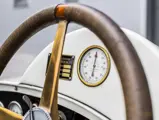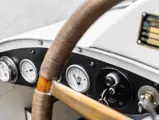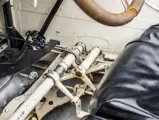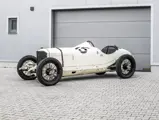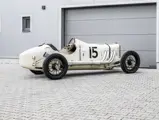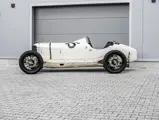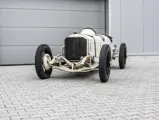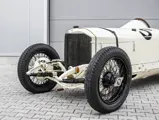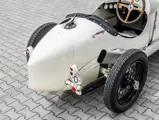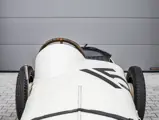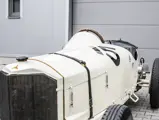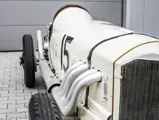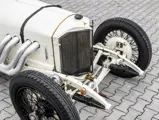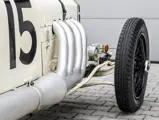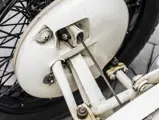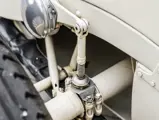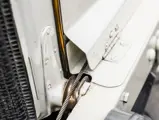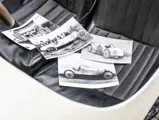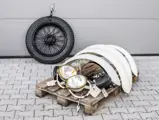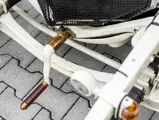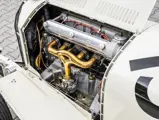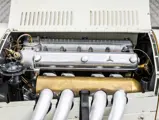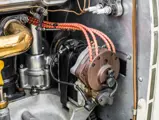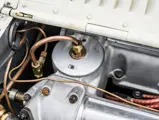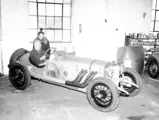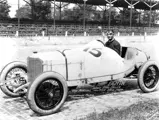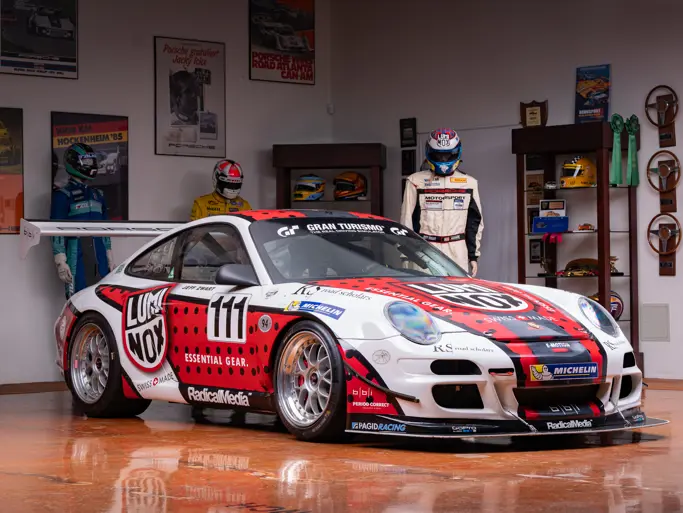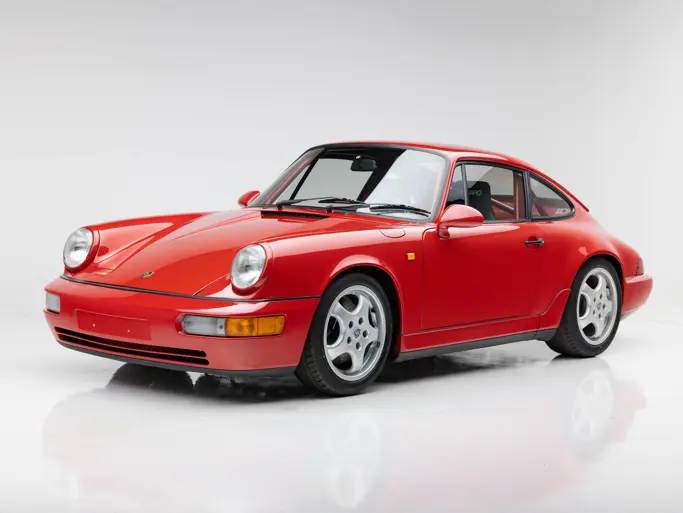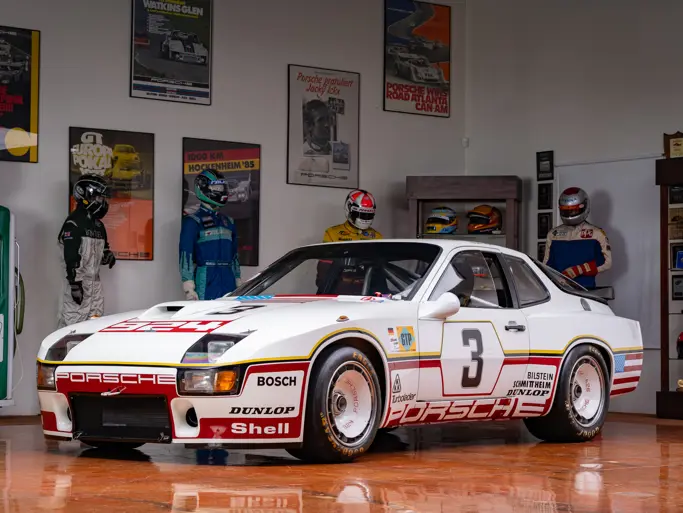
1923 Mercedes Type 122 Indianapolis Racer
{{lr.item.text}}
€3,605,000 EUR | Sold
From The Aumann Collection
{{bidding.lot.reserveStatusFormatted}}
- One of four examples prepared by Daimler Motoren Gesellschaft for the 1923 Indianapolis 500
- The last of Paul Daimler’s masterpieces before departing the company
- Raced by Max and Karl Sailer in the race to finish 8th—the highest-placed Mercedes
- Outstanding provenance of residing in famous collections since the 1930s
- Entered into the 1936 edition of the Vanderbilt Cup
- Regular participant in the Bridgehampton races
- Accompanied by a period body, presented in bare metal
- Eines von nur vier von der Daimler-Motoren-Gesellschaft (DMG) für die Indy 500 1923 aufgebauten Exemplaren
- Paul Daimlers letztes Meisterstück vor seiner Trennung von der Firma
- Im Rennen von Max und Karl Sailer auf den achten Platz gefahren – Bestplatzierung unter den Mercedes‘
- Außergewöhnliche Provenienz; Verbleib in berühmten Sammlungen seit den 1930er Jahren
- 1936 im Vanderbilt Cup gefahren
- Regulärer Teilnehmer in Bridgehampton
- Vormals im Besitz von Formel 1-Impresario Bernie Ecclestone
- Mit Ersatz-Rohkarosserie
Since the origins of Daimler-Benz, motorsport has been heavily interwoven in the rich history of the firm, and it continues to compete at the front of various formulas around the globe. Prior to the merger of the Daimler Motoren Gesellschaft (DMG) and Benz & Cie. in 1926, both companies produced legendary competition machines such as the Mercedes Simplex and the Blitzen Benz.
Following the Great War, Daimler began to consider force induction using a supercharger. Renowned engineer, Paul Daimler’s development path was further justified in 1922 when the Automobile Club de France issued new Grand Prix rules for the following season limiting engine capacity to two litres. Daimler designed an extraordinary four-cylinder engine, featuring twin-overhead cams which actuated four valves per cylinder. A roller-bearing crankshaft allowed the engine to rev to a heady 4,800 rpm, and the engines were bolted directly to the chassis to act as a stress-bearing member. This engine design would be Paul Daimler’s last major contribution to the marque, and the design would go on to be hugely successful, particularly gaining victory at the 1924 Targa Florio.
DMG was keenly aware of the growing importance of the American market, and Ralph de Palma’s famous efforts with a Mercedes at the Indianapolis 500 during the previous decade had put the race within the sights of the factory. Now running a two-litre formula as well, the factory planned an assault on the race under the leadership of Paul Daimler’s replacement Ferdinand Porsche. Due to DMG believing that a riding mechanic was a safety necessity, the cars were designed with two seats.
Four cars were prepared by the factory and shipped over to the USA, the first and only time the factory would enter cars of their own design into the great race. This example, chassis number 26913, was designated as the spare car. During Saturday qualifying, Max Sailer, the chief engineer and lead driver, suffered a spin in the rain, hurting himself and his mechanic and damaging his car. As a result, his nephew and reserve driver, Karl Sailer, drove the spare (26913) to qualify for his uncle, and this car was used by the Sailers for the race.
For the race, the Sailer car started on row 7. After 150 miles, Sailer was running in 8th whilst a sister car was in 5th and the other had crashed out. After 72 laps, Max Sailer’s sprained wrist had become too much so his nephew Karl took over the car, and drove admirably over the remaining 320 miles to finish 8th overall, the highest finish for Mercedes and any European car.
After the race, 26913 was retained by the American Mercedes Company of New York, before being sold to E.J. Schroder of Summit, New Jersey on 31 March 1924. By the mid-1930s, the body had been modified and it was owned by Mike Caruso, of Hicksville Auto Wrecking Co., Long Island. The body in photos from this time is the same period body which accompanies the car today (in bare metal). Caruso, a midget racer, had no intention of breaking up the Mercedes but instead raced it in the 1936 Vanderbilt Cup. Entered as a “Mercedes-Ford”, a period photo clearly shows the Mercedes twin-cam engine is still in place. Unfortunately, against the likes of Tazio Nuvolari in an Alfa Romeo 12C-36, Caruso was deemed too slow by the organisers so did not start the race.
According to a letter between subsequent owners Josef Reutershan of New Jersey and Alec Ulmann, Reutershan bought the Mercedes from Caruso. Reutershan wanted to use it as a road car so fitted headlamps and a windscreen. It is known that by the late-1940s, it was in the hands of Alec Ulmann, who competed in the 1949 Bridgehampton races with it. Ulmann, a former President of the Veteran Motor Car Club of America, would also be a key figure in motorsport in North America by co-founding the Sebring and then promoting the 12 Hours race there and the post-war return of the US Grand Prix. From Ulmann it passed to Courtney Rogers, who won the prize for best vintage car at the 1951 Bridgehampton races.
In the early Fifties, it then passed to the collection of Henry Austin Clark Jnr. at the Long Island Automotive Museum. Clark allowed his great friend, Charles Addams, to race the car at Bridgehampton in 1952 and 1959—Addams was best known as the creator of the Addams Family and a New Yorker cartoonist. Clark later sold this Mercedes to Lew Schaefer. According to Clark, Schaefer commenced a restoration, but progress was slow so he sold it. It is believed that the buyer was Ben Moser, a collector based in Santa Barbara, who sold it in 1978 to the famous collection of Yoshiyuki Hayashi at Gotemba, Japan. Many of Hayashi’s cars were purchased by Bernie Ecclestone and in 1995 it was imported into the United Kingdom. This this fabulous Mercedes remained in Ecclestone’s collection for a short period before joining the Aumann Collection in 1996.
Whilst in the current ownership, this historic car has been displayed at events and even driven on rallies. In 2011, it was subject of a full engine rebuild by the respected Capricorn Engineering, with bills totalling €150,000.
The significance of these first supercharged Mercedes competition cars cannot be overstated—supercharging and competition both run strongly in the blood of the manufacturer. The number of surviving supercharged Mercedes 2-Litre competition cars can be counted with one hand, so it is entirely possible that the opportunity to purchase one of the original cars, especially the lead Indianapolis racer, will never be repeated. This wonderful Mercedes retains many numbered components including its original crankcase and gearbox, and a period body which is presented separately in bare metal. A very important competition car, this significant Mercedes has earned it place in some of the greatest collections and surely deserves to continue its life in another.
1923 hatte Mercedes vier Fahrzeuge aufgebaut und in die USA geschickt zur Teilnahme an den Indianapolis 500. Es war das erste und einzige Mal, dass das Werk eigene Fahrzeuge bei diesem großartigen Rennen einsetzen sollte, und das hier angebotene Exemplar, Chassisnummer 26913, stellte den Ersatzwagen dar. Während des Zeittrainings am Samstag, kam Chefingenieur und führender Fahrer Max Sailer mit seinem Wagen ins Schleudern und beschädigte ihn. Als Ergebnis nahm sein Neffe und Ersatzfahrer Karl Sailer mit dem Ersatzwagen 26913 am Zeittraining teil. Dieses Auto war es auch, dass die Sailers während des Rennens fuhren.
Im Rennen selbst startete das Sailer-Auto von Reihe sieben. Nach 150 Meilen fuhr Sailer auf dem achten Platz, während das Schwesterauto auf dem fünften Platz lag und das dritte Fahrzeug nach einem Unfall ausgefallen war. Nach 72 Runden litt Max Sailer so sehr unter einer Handgelenksverletzung, dass sein Neffe Karl das Steuer für den Rest des Rennens übernahm. Über die verbleibenden 320 Meilen schlug der junge Sailer sich achtbar und fuhr den Wagen schlussendlich auf den achten Platz – besser als jeder andere Mercedes und auch besser als jedes andere europäische Automobil.
Nach dem Rennen verblieb 26913 zunächst bei der American Mercedes Company und wurde anschließend am 31. März 1924 weiterverkauft an seinen ersten Privatbesitzer, E. J. Schroder aus Summit im US-Bundesstaat New Jersey an der amerikanischen Ostküste. Mitte der 1930er Jahre besaß den Wagen dann Mike Caruso von Long Island, New York, der den Wagen 1936 am Vanderbilt Cup anmeldete. Leider sahen die Organisatoren Caruso im Vergleich mit Fahrern vom Kaliber eines Tazio Nuvolari auf einem Alfa Romeo 12C-36 als zu langsam an und ließen ihn daher nicht starten. Die Karosserie auf zeitgenössischen Fotos jener Zeit ist die gleiche, die heute zusammen mit dem Fahrzeug angeboten wird.
Später kaufte den Wagen Josef Reutersham von Caruso, und aus Mitte der 1940er Jahre wissen wir, dass sich 26913 im Besitz von Alec Ulmann befand, der mit ihm 1949 am Rennen in Bridgehampton teilnahm. Von Ulmann ging der Rennwagen an Courtney Rogers, der bei den gleichen Rennen im Jahr 1951 den Preis für den besten Oldtimer gewann.
Anfang der 1950er Jahre ging der Mercedes in das Long Island Automotive Museum von Henry Austin Clark jr. Dieser erlaubte seinem Freund Charles Addams mit dem nunmehr klassischen Rennwagen bei den Bridgehampton Races 1952 und dann noch einmal 1959 anzutreten – Addams wurde vor allem als Cartoonist und als Erschaffer der Addams Family bekannt. Sammlungschef Clark verkaufte den Wagen später an Lew Schaefer, der zunächst eine Restaurierung begann, die aber nur schleppend vorankam, und so verkaufte Schaefer den Wagen weiter. 1978 kam 26913 in die berühmte Sammlung von Yoshiyuki Hayashi im japanischen Gotemba, der ihn 1995 zusammen mit anderen Rennwagen an Formel 1-Impresario Bernie Ecclestone weiterverkaufte, der ihn nach Großbritannien importierte. Dieser wunderbare Wagen blieb dann eine kurze Zeit in Ecclestones Sammlung, bevor er 1996 in die Aumann Collection aufgenommen wurde.
Während der Zeit bei Aumann wurde der historische Rennwagen bei Events ausgestellt und auch hin und wieder bei Rallyes gefahren. 2011 wurde eine komplette Motorrevision bei Capricorn Engineering vorgenommen, die mit Rechnungen in Höhe von fast 150.000 EUR belegt ist.
Die Bedeutung dieser ersten Mercedes Rennwagen mit Kompressormotor kann nicht überschätzt werden – Kompressoraufladung und Rennsport sind beides essenzielle Bestandteile der Mercedes DNA. Die heute noch existierenden Zweiliter-Rennwagen von Mercedes können an einer Hand abgezählt werden, und so ist es ohne Weiteres denkbar, dass sich eine solche Gelegenheit, einen der originalen Rennwagen – vor allem einen mit Indianapolis Geschichte – nie wieder bieten wird. Dieser wunderbare Mercedes verfügt heute noch über viele nummerierte oder zeitgenössisch korrekte Bauteile, darunter Kurbelgehäuse und Getriebe, sowie ebenfalls eine zeitgenössische Karosserie in Rohmetall, die gemeinsam mit dem Fahrzeug angeboten wird. Im Lauf seines Lebens war dieses sehr bedeutende Wettbewerbsfahrzeug Teil der wichtigsten Sammlungen dieser Welt, und es verdient einen Platz in einer neuen.




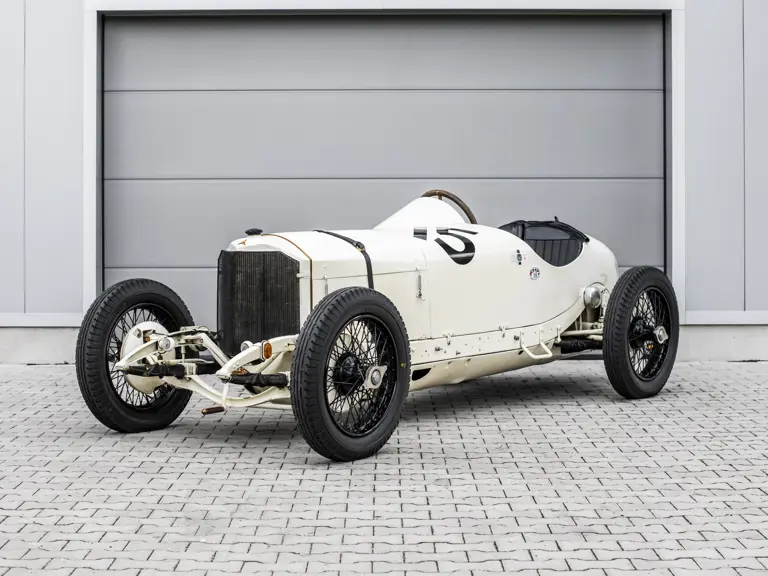
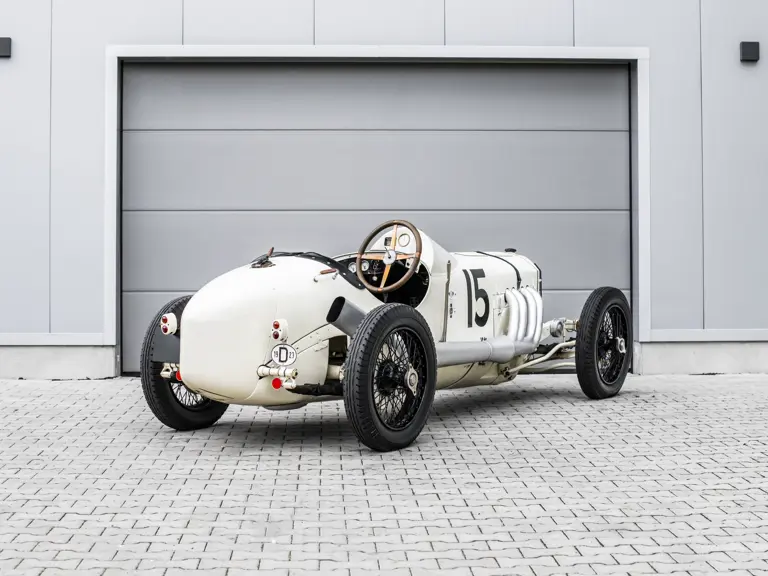
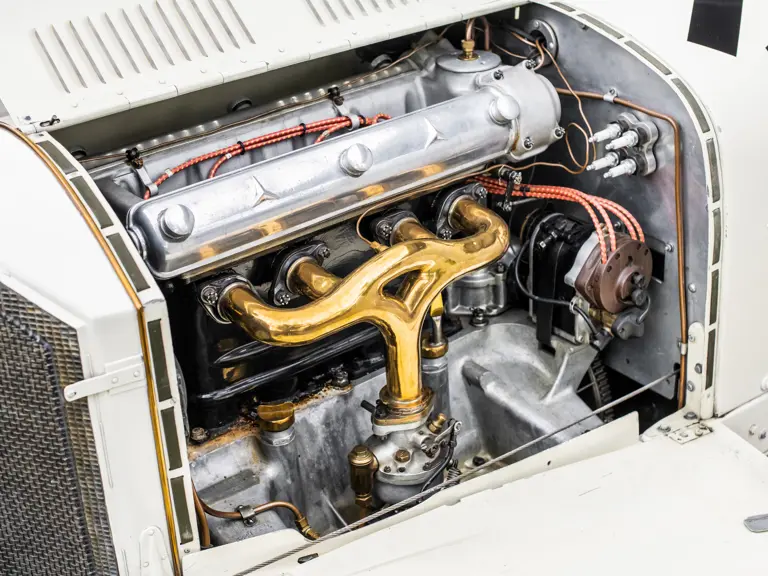
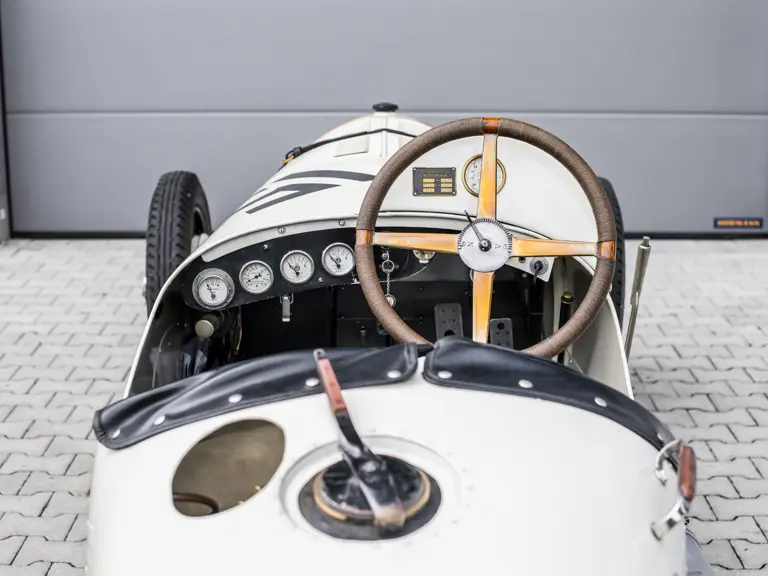
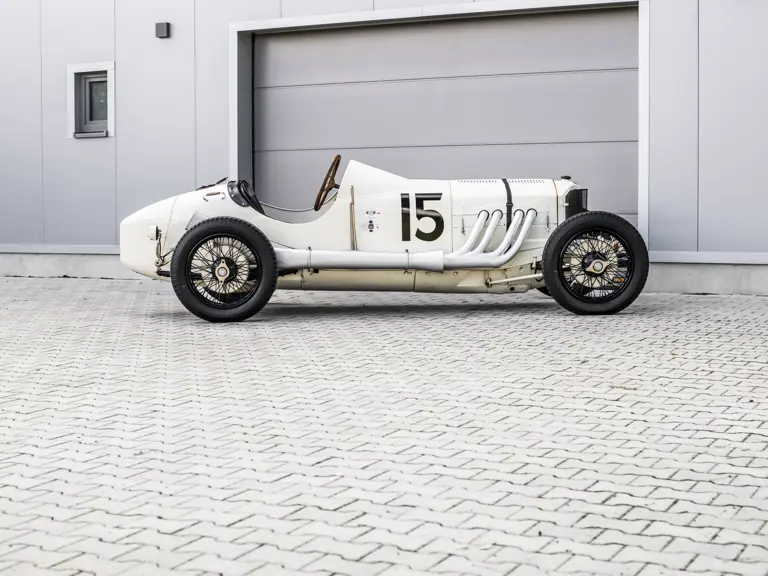


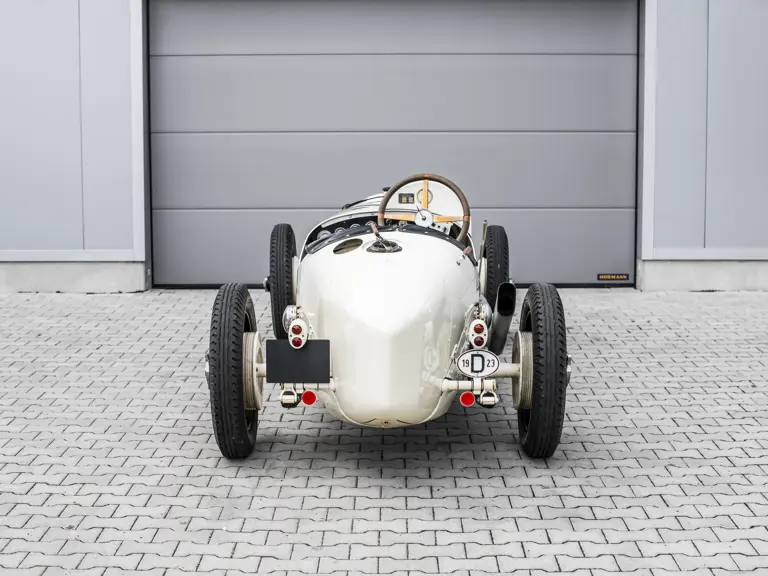
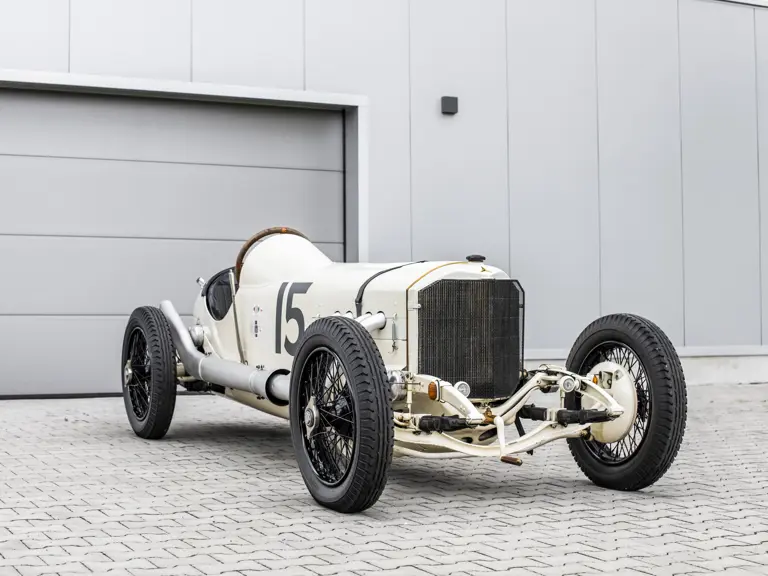

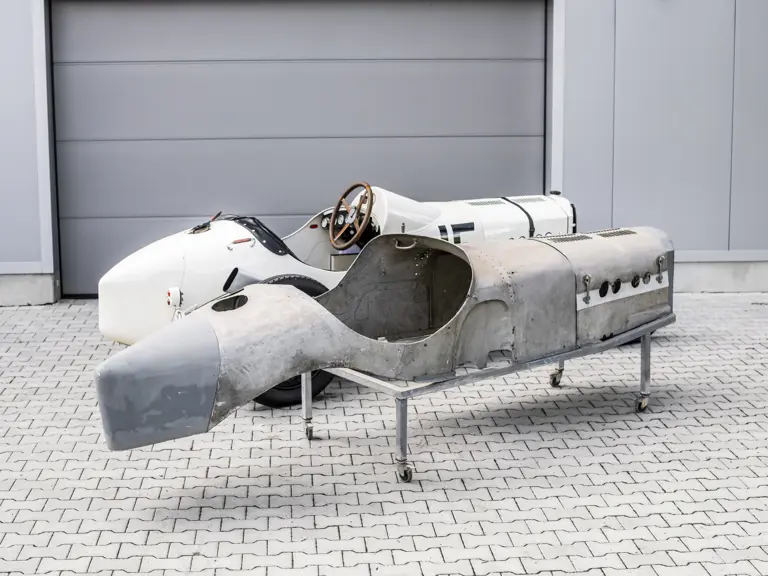
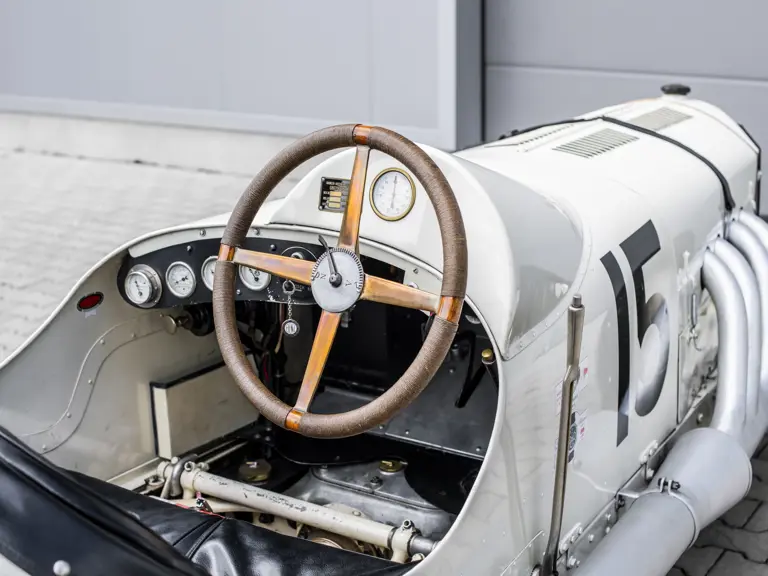
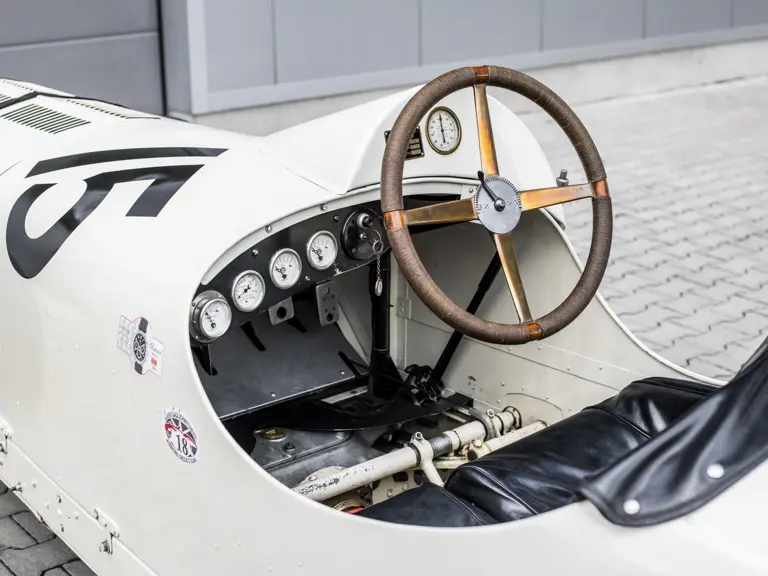
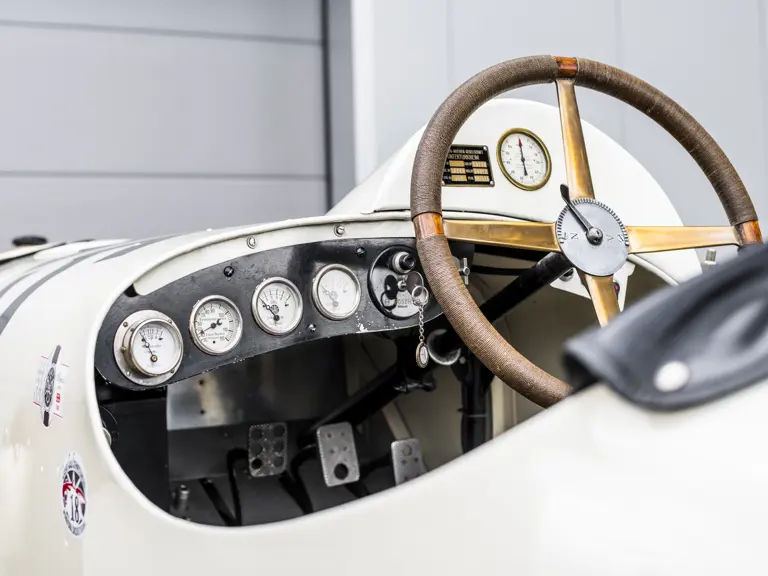

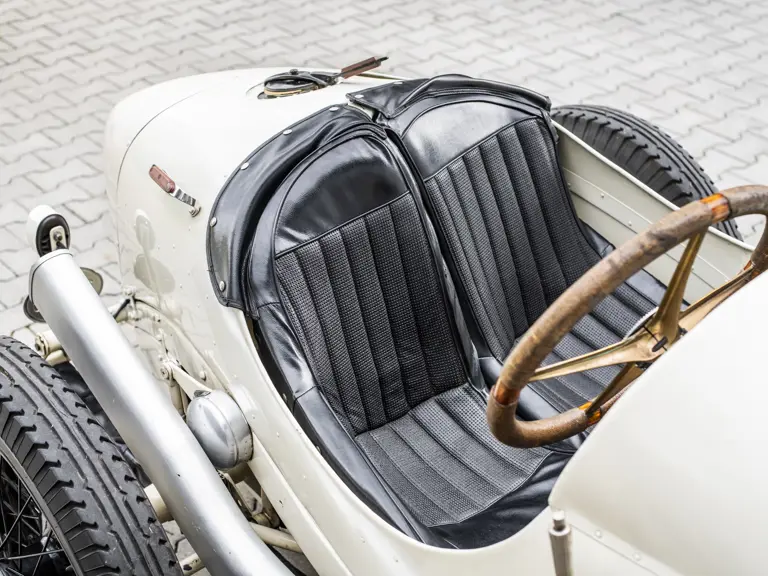
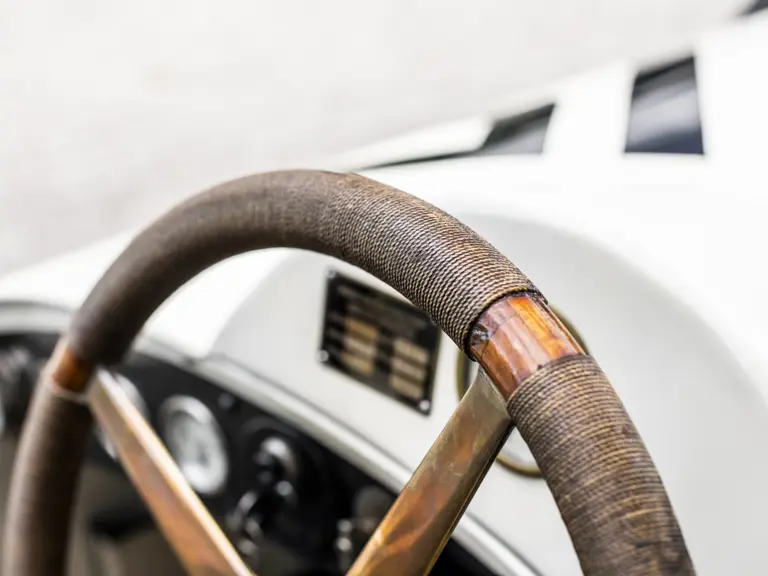

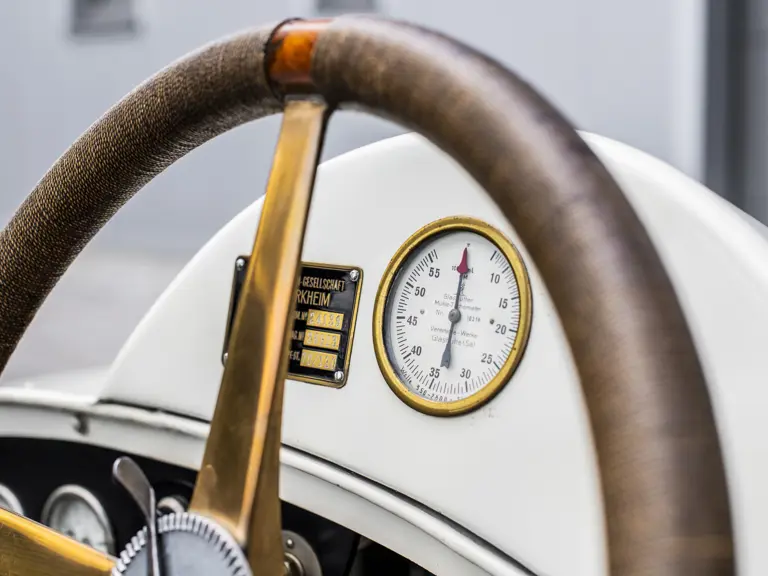
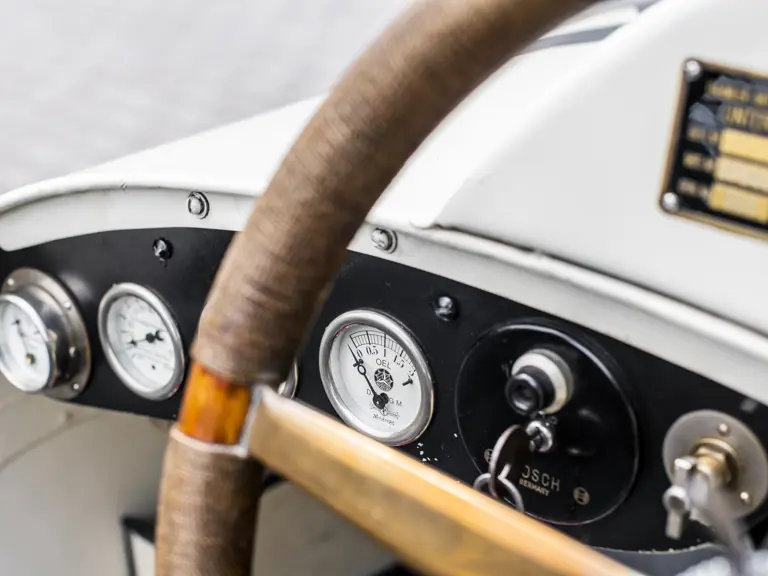
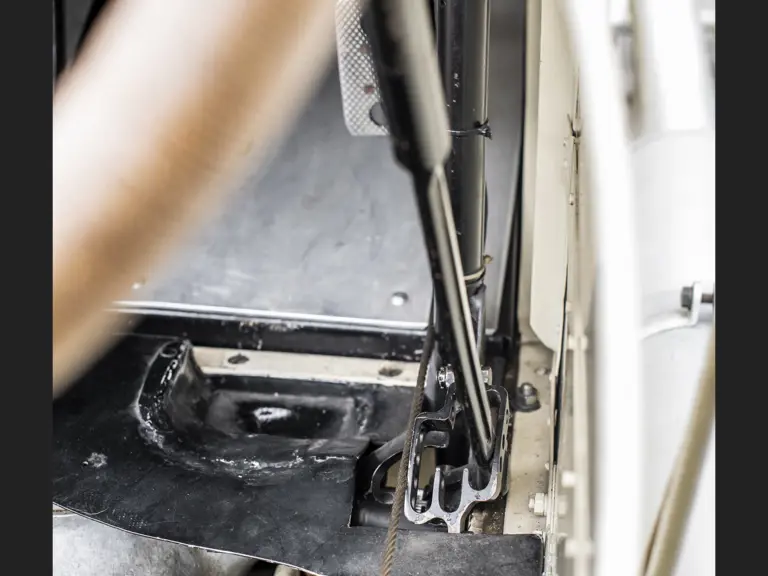
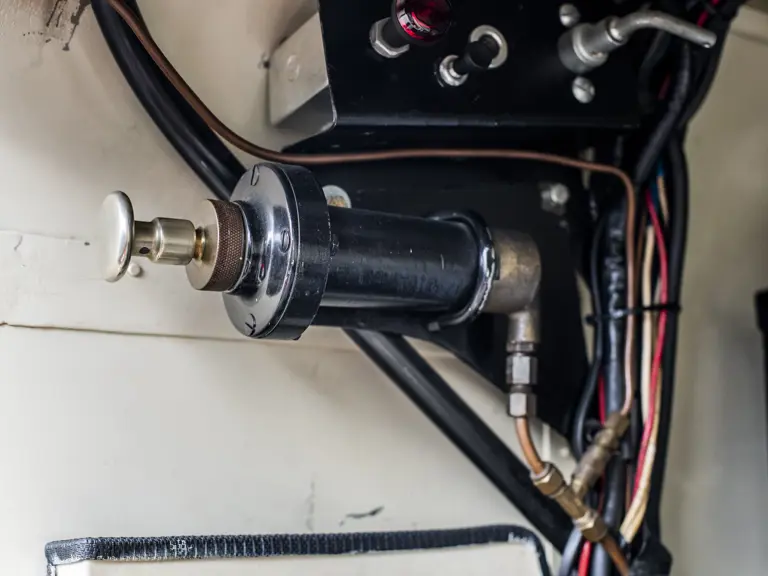


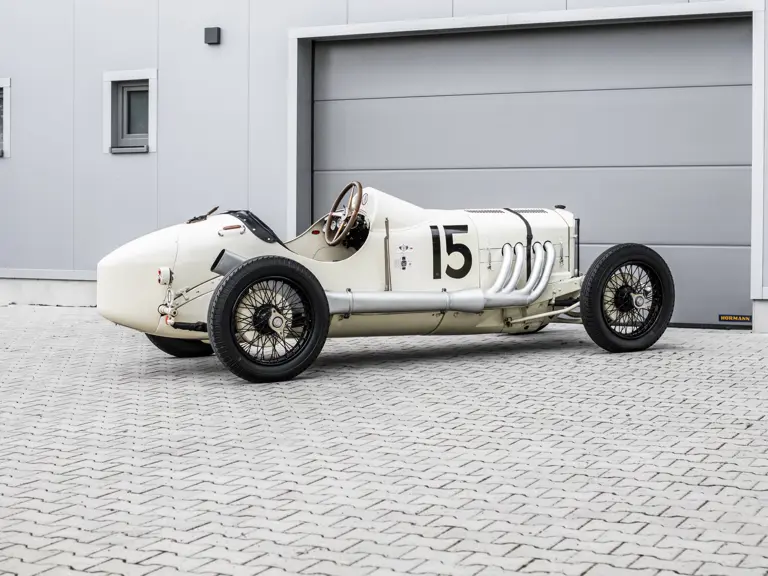
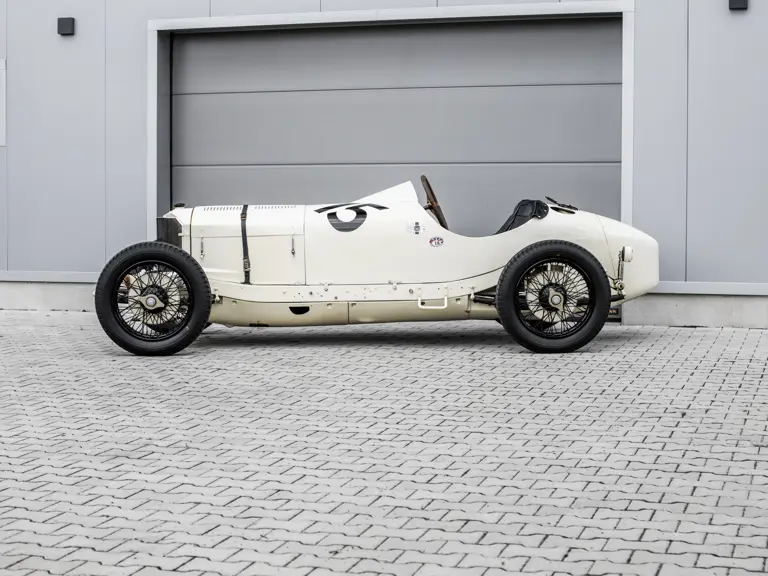

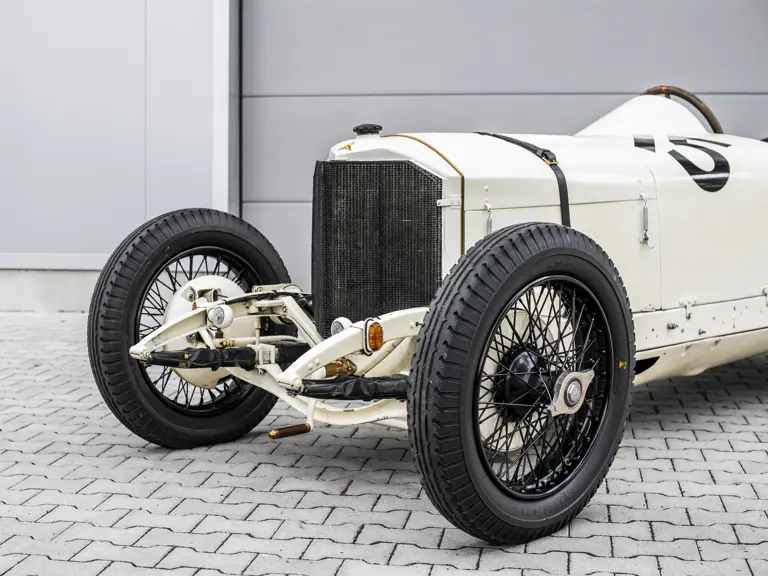
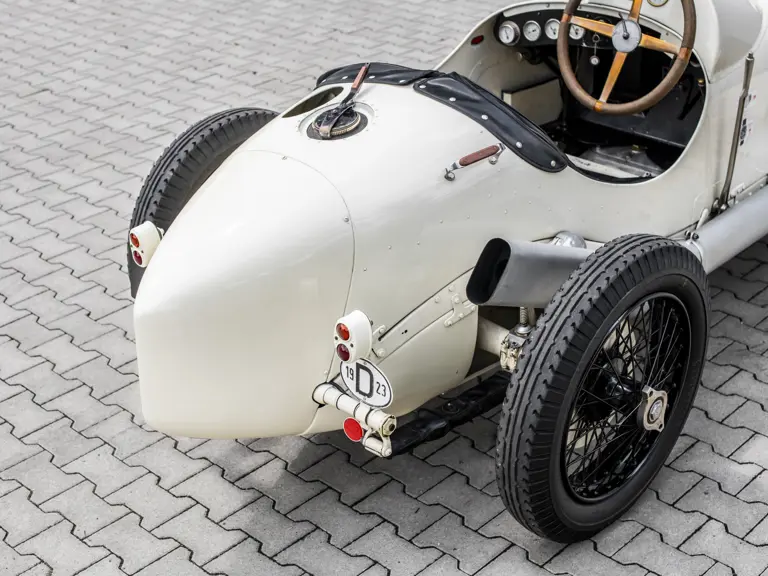
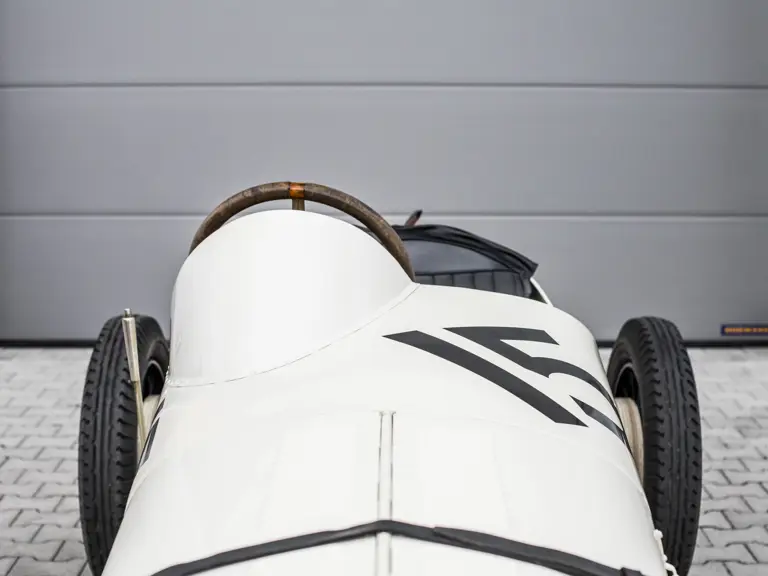
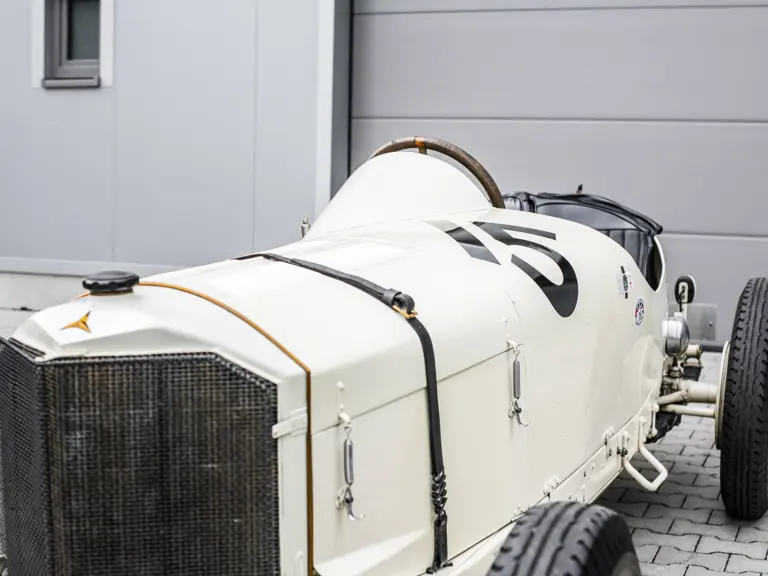

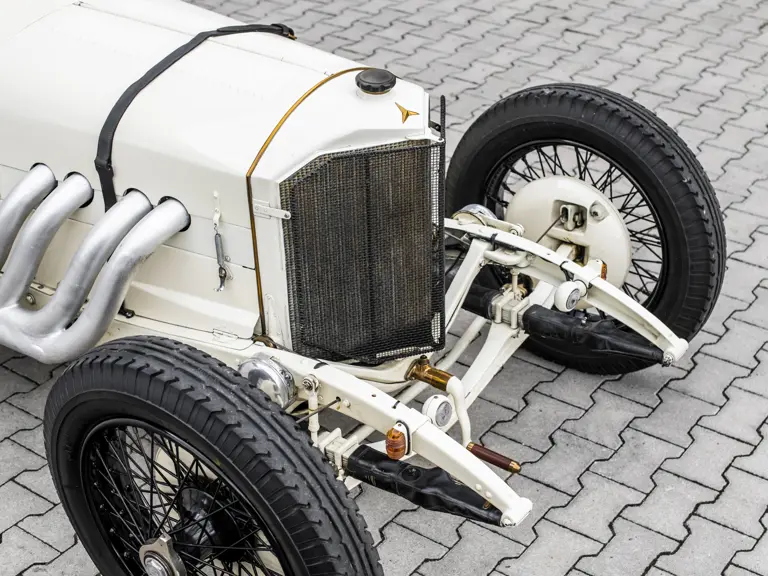
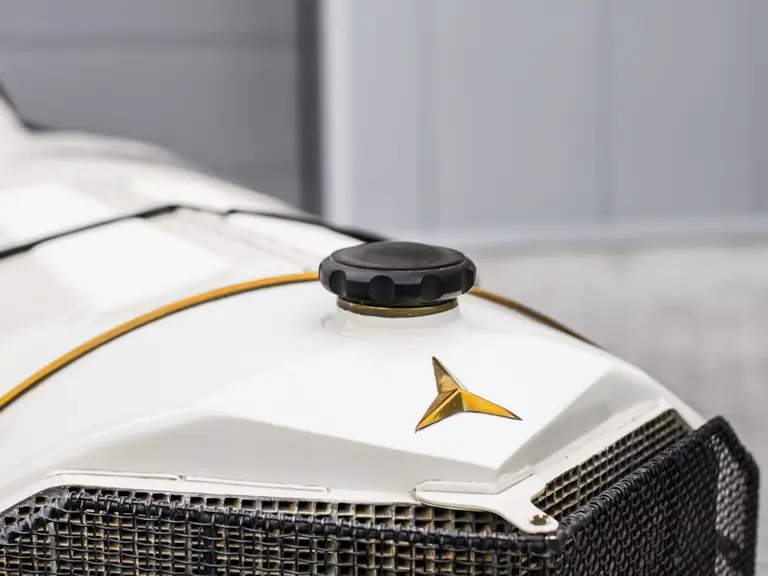


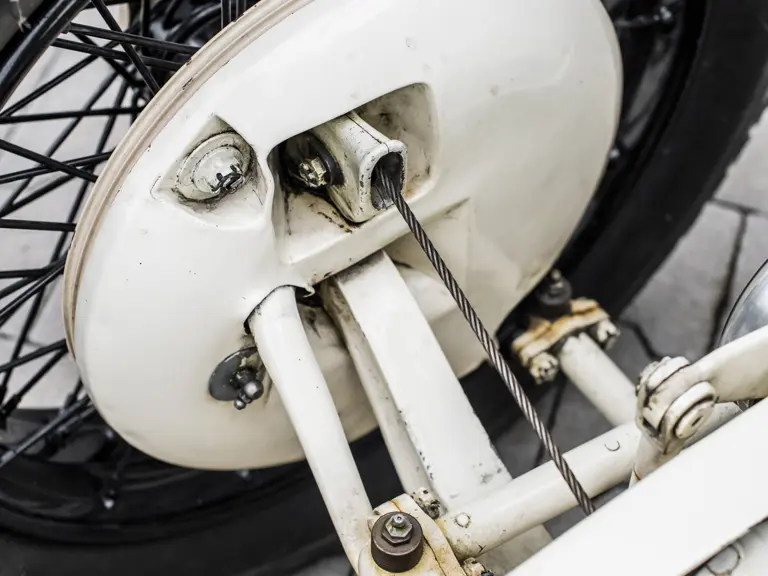
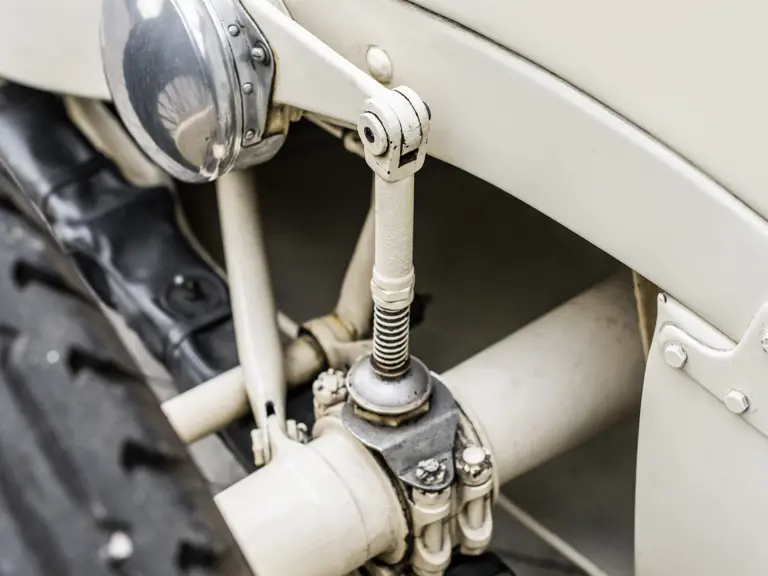
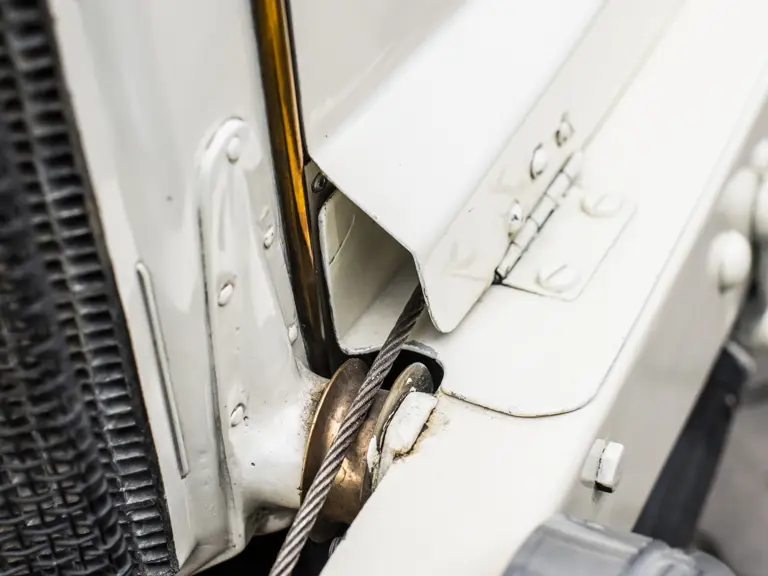
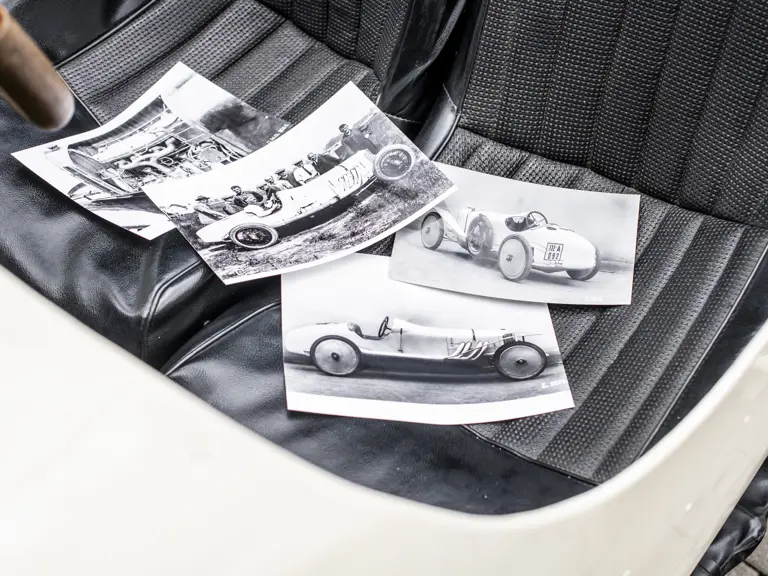
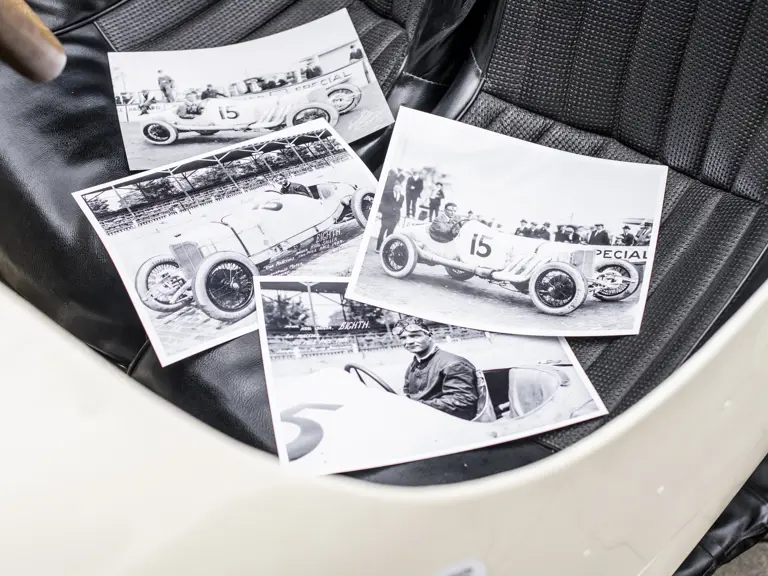

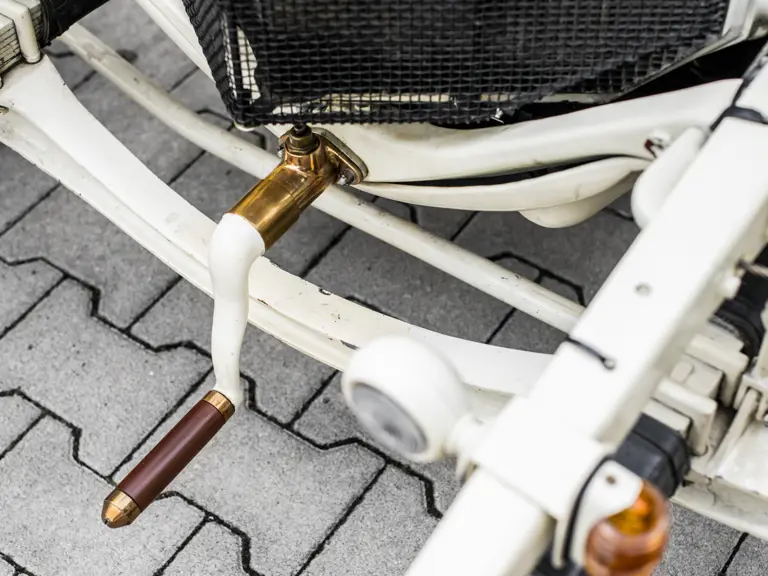
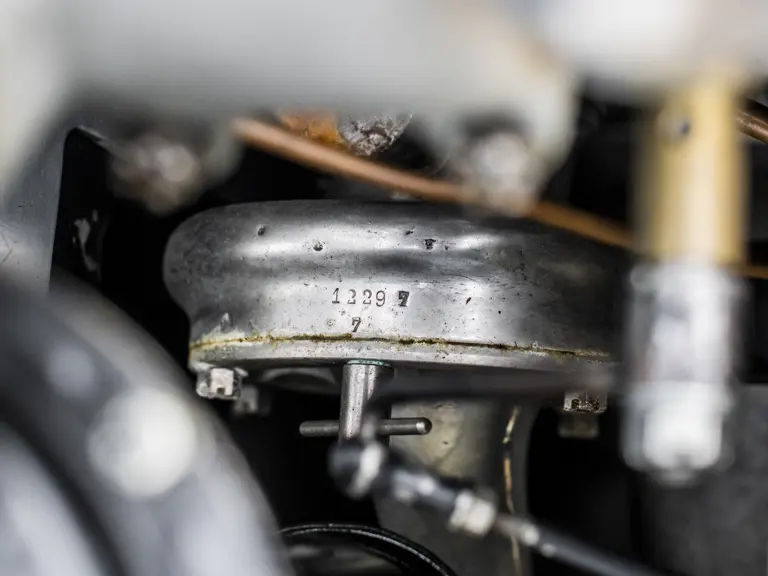
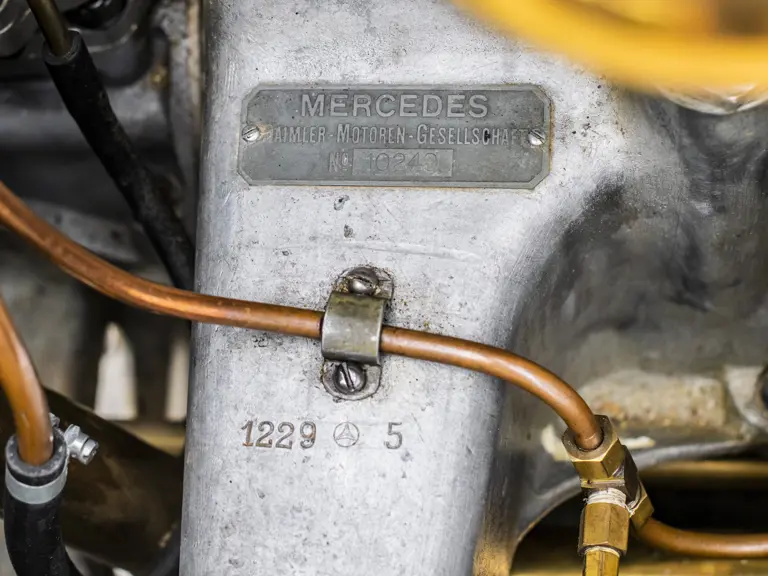
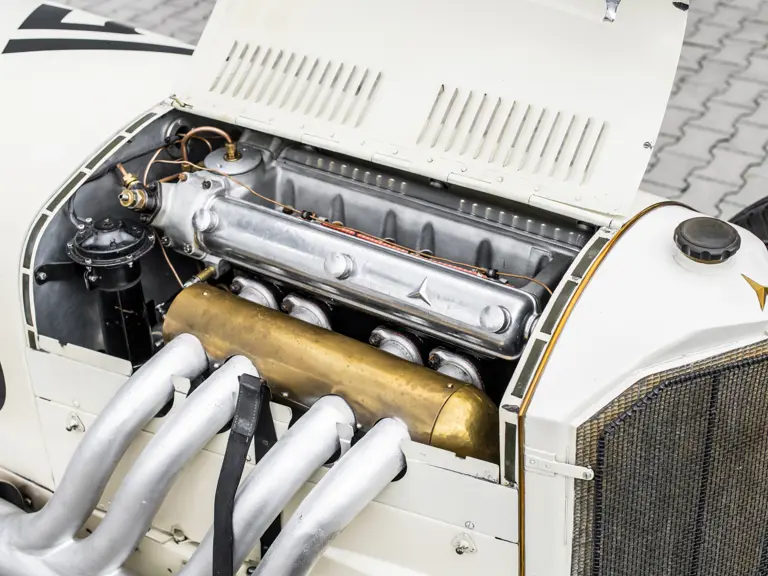
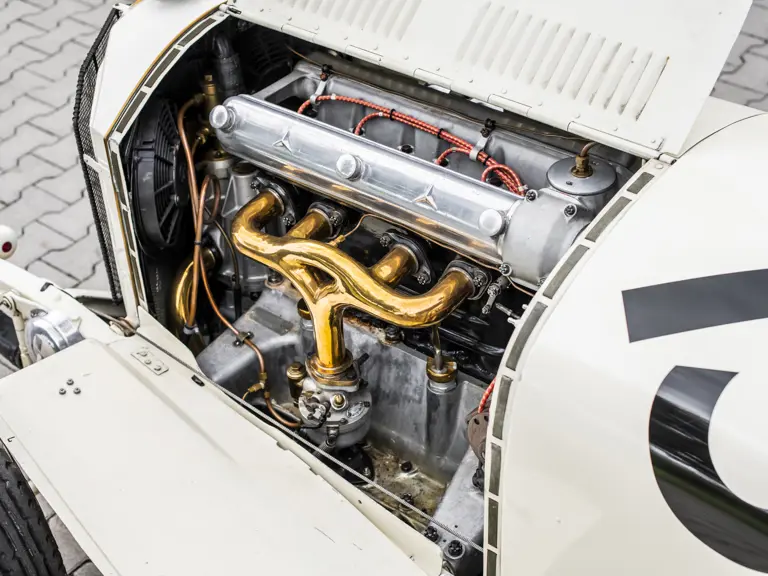

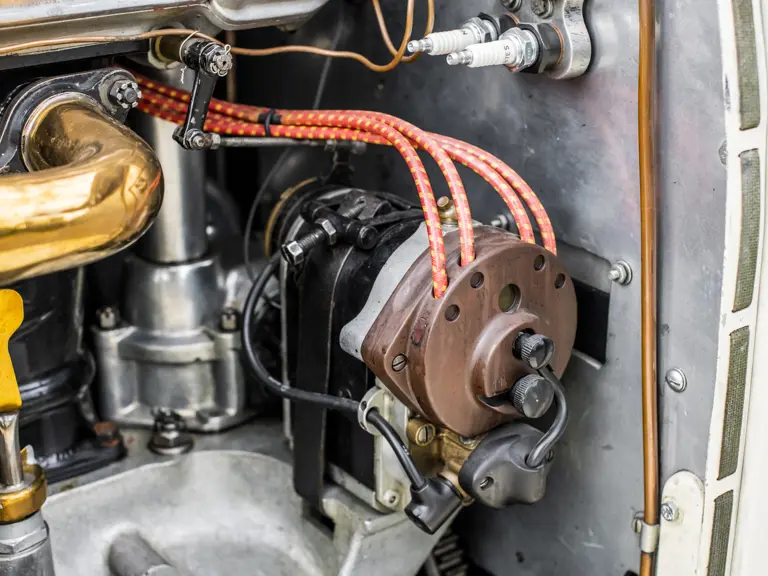
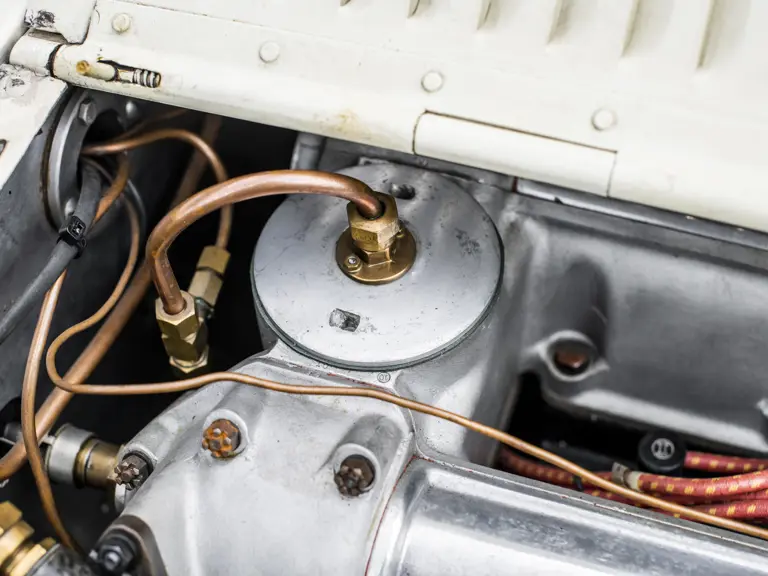


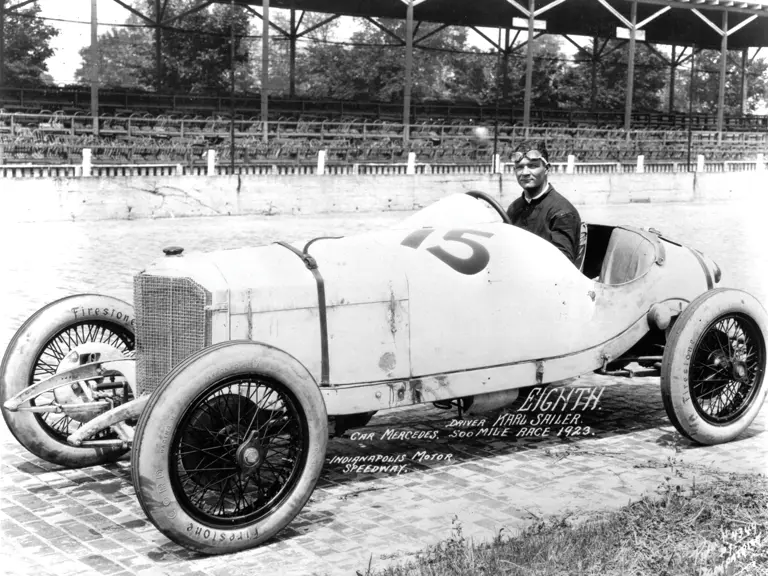
 | München, Germany
| München, Germany

